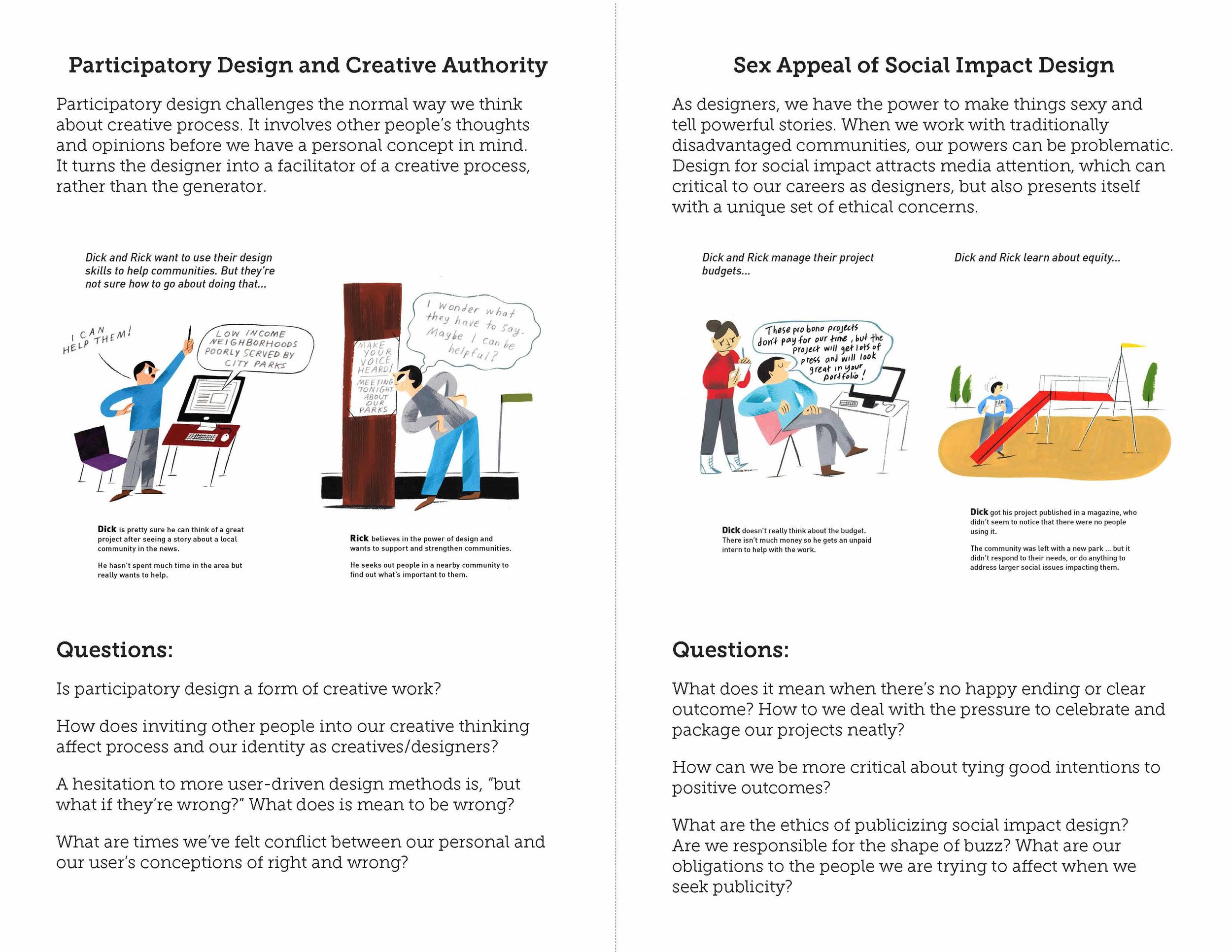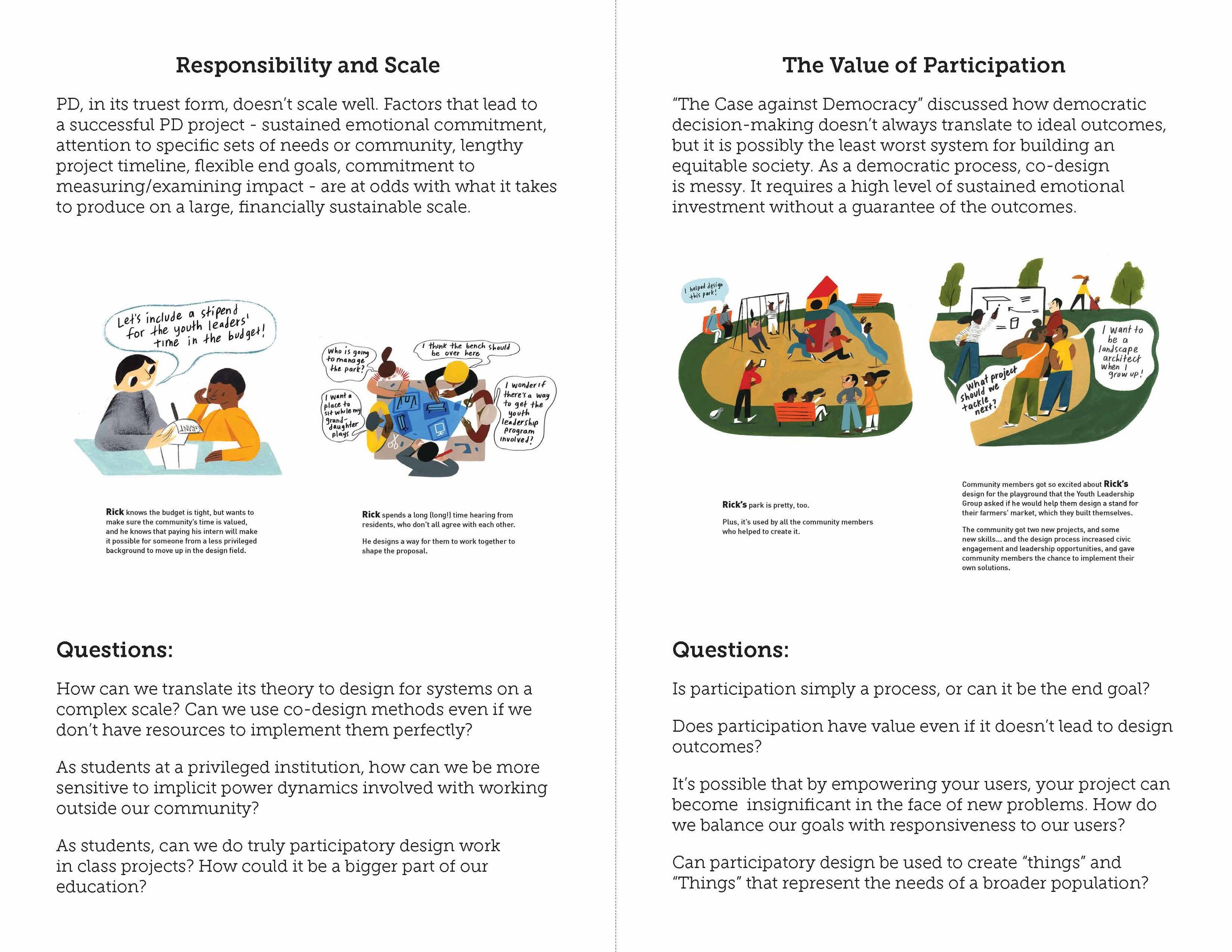Crowdsourcing is trendy. As with all trendy concepts, there is pressure to buy into the idea, to indicate you're "in", without fully understanding the origins behind the ideas or recognizing the potential value it can bring to your organization or personal practice.
The critical mass of people participating in social media and other online forums has facilitated deeper participation in shared interests and more dynamic relationships between the digital and physical worlds.
What is crowdsourcing?:
For something to truly qualify as crowdsourced it needs to have people removed from the project (visitors, potential users/buyers/viewers) who meaningfully participate in the co-creation of deliverables and share a stake in the final creation.
so "outsider" involvement + co-creation + shared results = crowdsourcing
If your idea is missing one of these elements, there is a chance that your initiative is slightly missing the mark. Consequences for this can range from signaling that your institution does not understand new technology to alienating visitors who feel their potential contribution is not valued.
What isn't crowdsourcing?:
Online polls: Simple online polls are great way to quickly gauge opinions. And if you're using your tech tools appropriately, they can be a useful way to get a snapshot of users' reactions to straightforward ideas and topics. Polls however, can only gauge opinions on pre-defined things, limiting participants role.



